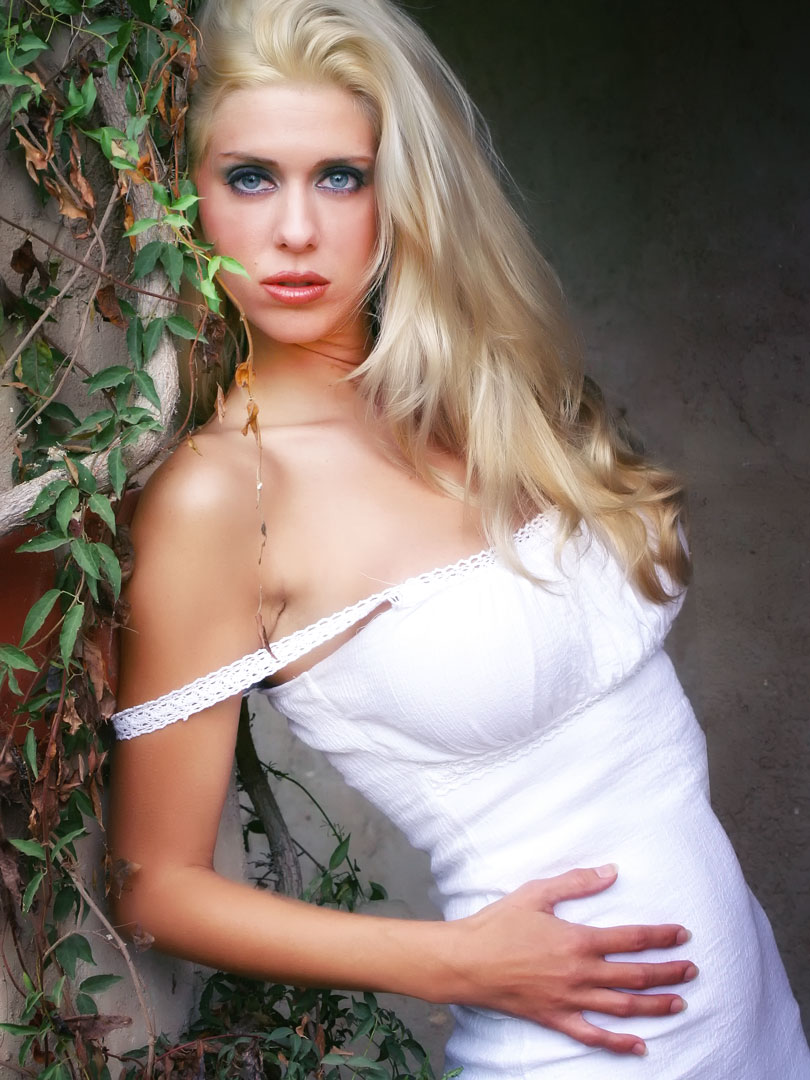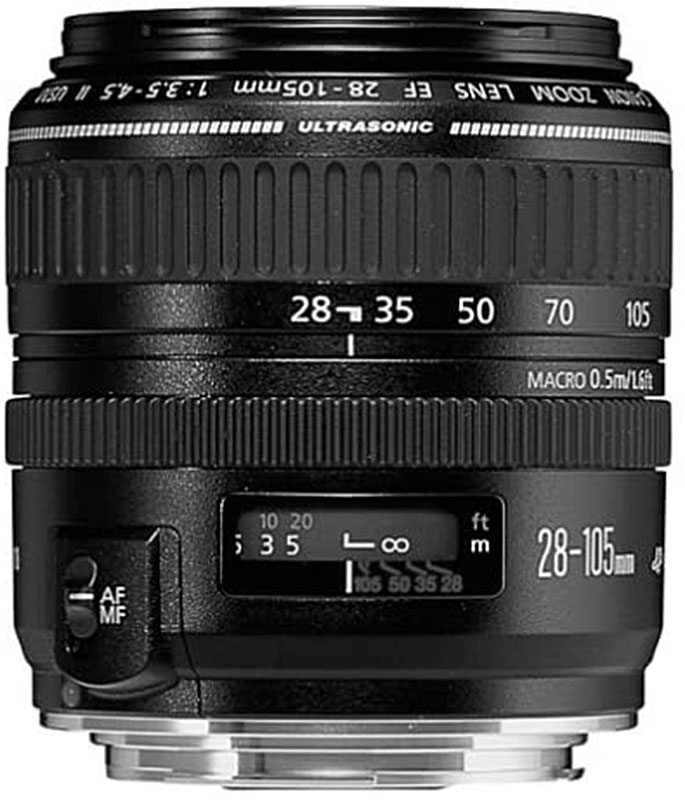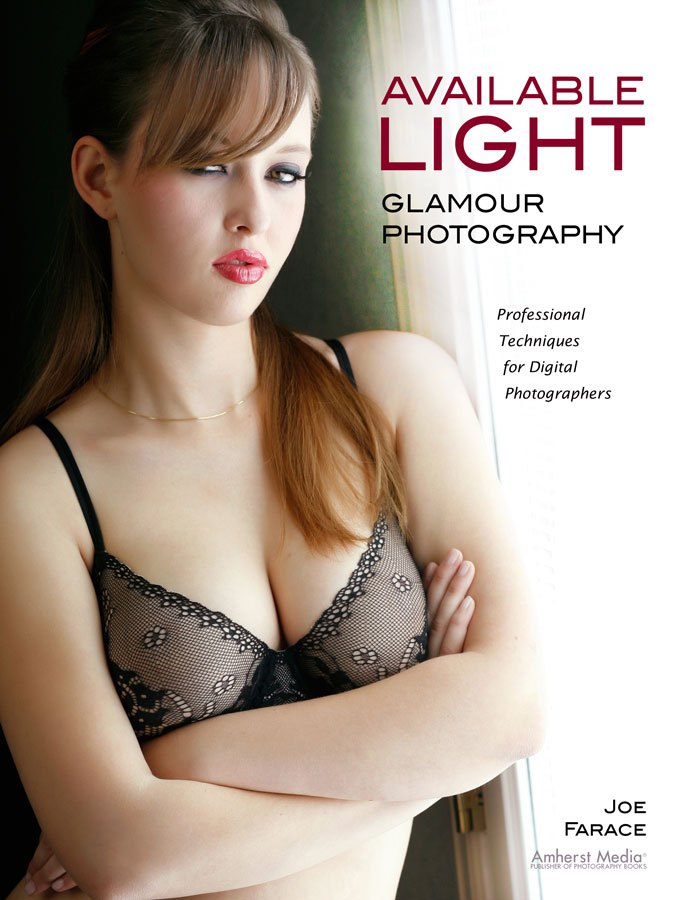Today’s Post by Joe Farace
I’ve always believed the best way to improve your photography was by practicing. I think it’s a good idea to shoot something each week so you reach the point where you don’t have to think about how to operate your camera. You just know how to use it. But don’t worry about producing masterpieces each time you got out. Instead use your camera as a sketchpad to explore possibilities and don’t be afraid of making mistakes. Sometimes these “sketches” will be successful, sometimes not but take the opportunity to learn from analyzing the images.
Here’s five tips that might help:
 Look for locations where light is best. Many photographs are made in locations where the photographer or their subject choose to make it without considering lighting conditions. This may work for some outdoor locations but is more critical for indoor portraits. In my former home, my favorite place to shoot available light portraits was the kitchen. You may have a similar location in your home, and never thought an unlikely location would be a great place to make a portrait or two. Think about it now.
Look for locations where light is best. Many photographs are made in locations where the photographer or their subject choose to make it without considering lighting conditions. This may work for some outdoor locations but is more critical for indoor portraits. In my former home, my favorite place to shoot available light portraits was the kitchen. You may have a similar location in your home, and never thought an unlikely location would be a great place to make a portrait or two. Think about it now.- Search for interesting outdoor locations. Not long ago, there was an on-line discussion about what inspires people to create new images. For me, it’s new things. It can be a new camera, new lens, or just a new place to make images. When driving around I make notes about locations that will serve as a location for a portrait session.
How I Made this Shot: I photographed Kim at a group model shoot in Phoenix several years ago. She is part of a small group of models where I was the first person that photographed them, never photographed them again and the model went on to fame and fortune (or some version of it.) Not that I didn’t want to photograph them again; the opportunity never occurred.
I photographed Kim outdoors in the shade in what could be called a (nice, clean and picturesque) alley using a Canon EOS 40D and EF 28-105mm f/3.5-4.5 II USM lens (at 35mm.) The lens has been discontinued by the manufacturer but you can pick up used copies from Amazon. Exposure was 1/200 sec at f/11 and ISO 400. Fill was from a Canon 550EX speedlite with a Sto-Fen Omni Bounce diffuser in in place to soften the flash.
This portrait combines parts of two image files using the Cut & Paste Portrait technique I explain elsewhere. I don’t consider this “cheating” because the finished composite includes parts of photographs of the same person made at the same time using the same camera, lens and lighting. Your may think differently…
 Keep your lighting simple. For available light portraits, I prefer to work with as few lights as possible because the less time spent fiddling with equipment, the more time you can spend putting your subject at ease. That was especially important for this portrait because Kim was nervous during her first-ever photo shoot. My available light portraits are sometimes made with a single reflector—sometimes not. I often use an old, inexpensive Flashpoint 32-inch double-sided reflectors that collapses to the size of a large pizza.
Keep your lighting simple. For available light portraits, I prefer to work with as few lights as possible because the less time spent fiddling with equipment, the more time you can spend putting your subject at ease. That was especially important for this portrait because Kim was nervous during her first-ever photo shoot. My available light portraits are sometimes made with a single reflector—sometimes not. I often use an old, inexpensive Flashpoint 32-inch double-sided reflectors that collapses to the size of a large pizza.- Watch the background. It’s so easy to become so enthralled by the person you’re photographing that you forget about the background where you’ve placed them. I think if you watch the background, the foreground will take care of itself. Busy, ugly backgrounds can be thrown out of focus with longer focal length lenses and/or wide apertures but it’s not uncommon to have to physically clean up an outdoor site before you can make a portrait. While you can always digitally remove beer cans and fast food wrappers, taking the time to physically clean up the trash before making an outdoor portrait leaves it clean for everybody else too.
- Talk to your subject. I’ll never forget the advice one of my mentors gave me many years ago. When I asked what was the worst thing I could do when photographing people, I expected him to give me some technical tip but his answer surprised me. “If you don’t talk to the people you’re never going make a good picture.” I’ve never forgotten that advice and want to pass it on to you.
Photographing people combines elements of psychology as much as camera technology and how you personally interact with your subject will have a lot more to do with the success of your session than the camera or lens you use.
You can learn all of my tips, tools and techniques on shooting available light glamour photography in my book surprisingly titled Available Light Glamour Photography. New copies of the book are available from Amazon for $18.92 with used copies starting at $18.91, as I write this. Kindle copes are $28.45 if you prefer a digital format. Please keep in mind that Amazon and the publisher sets these prices, not me.
